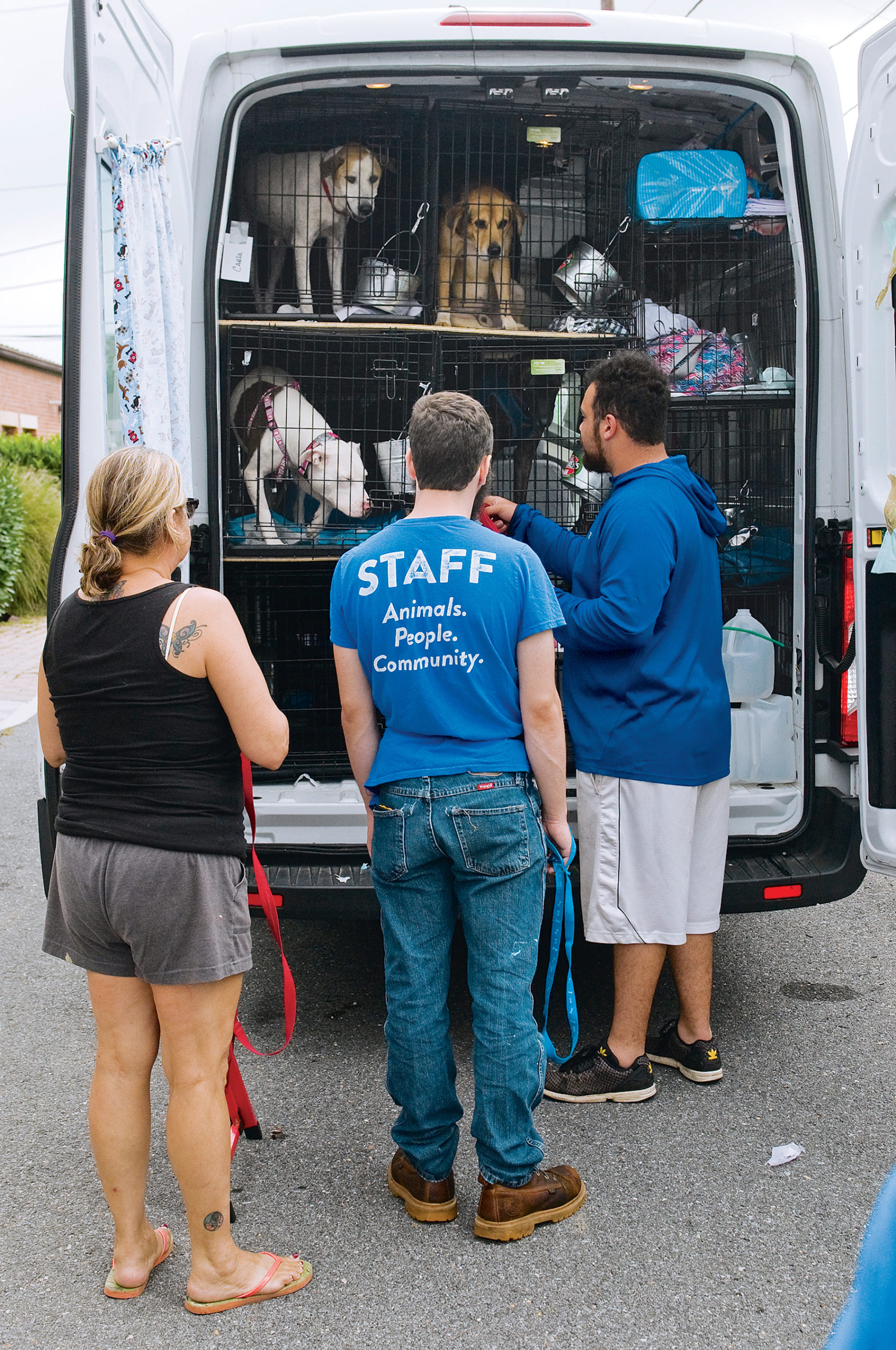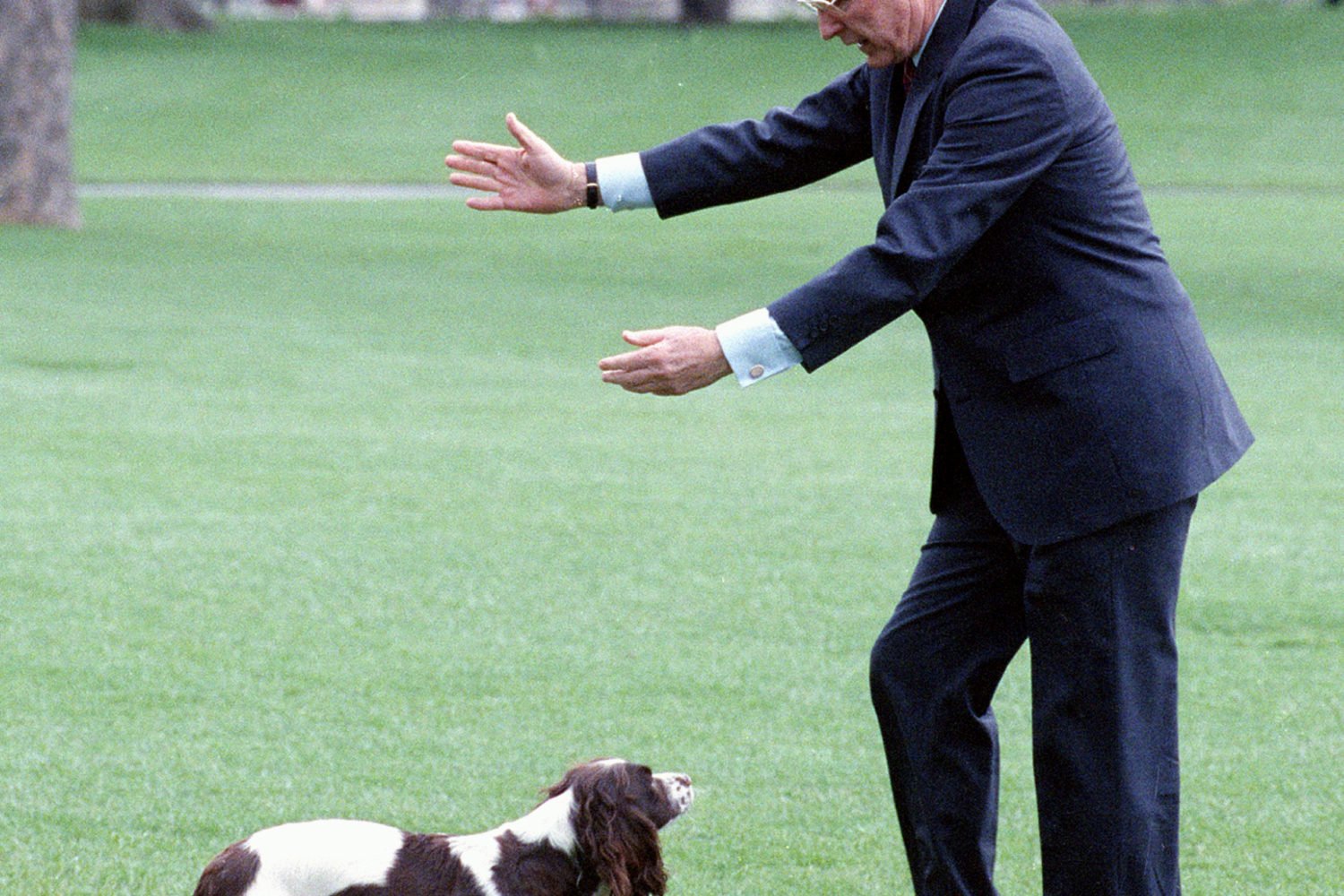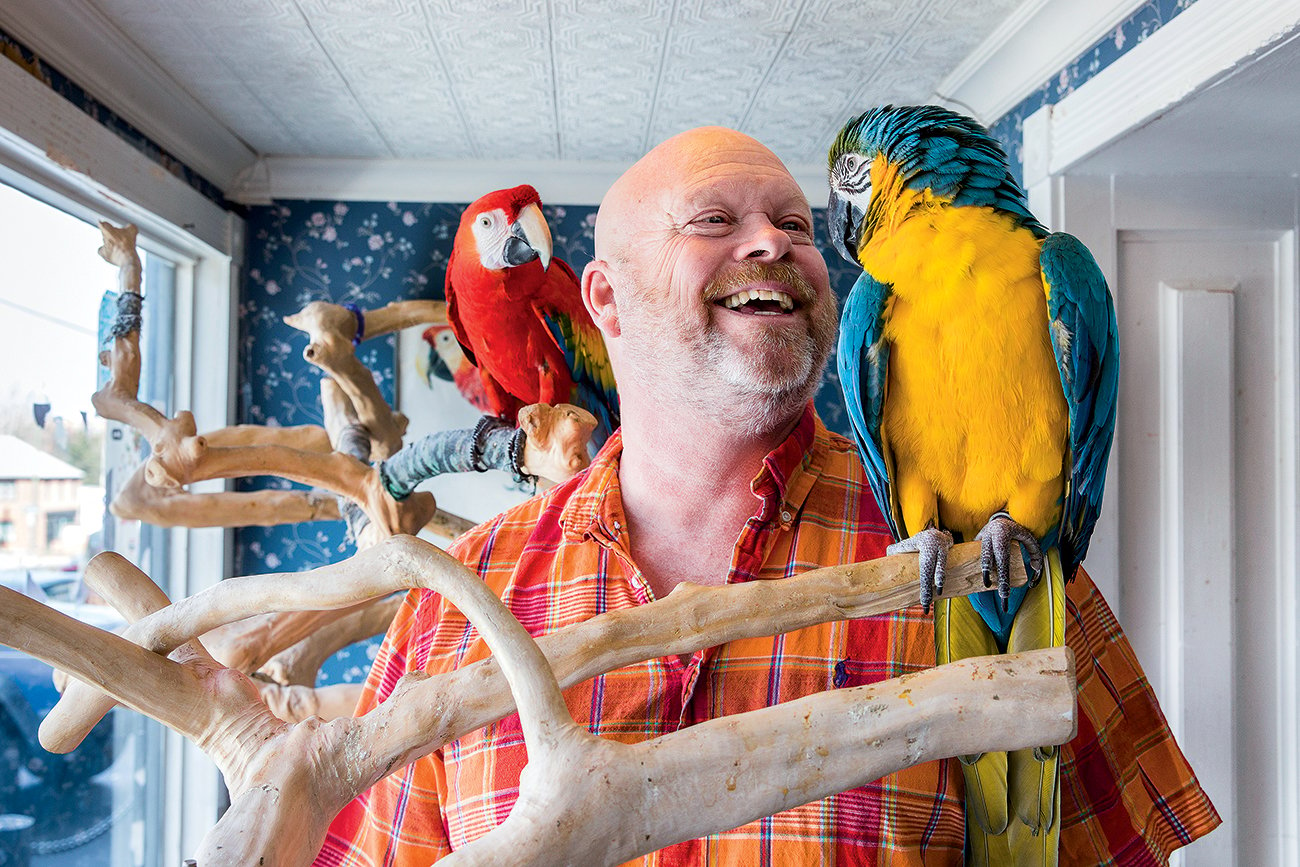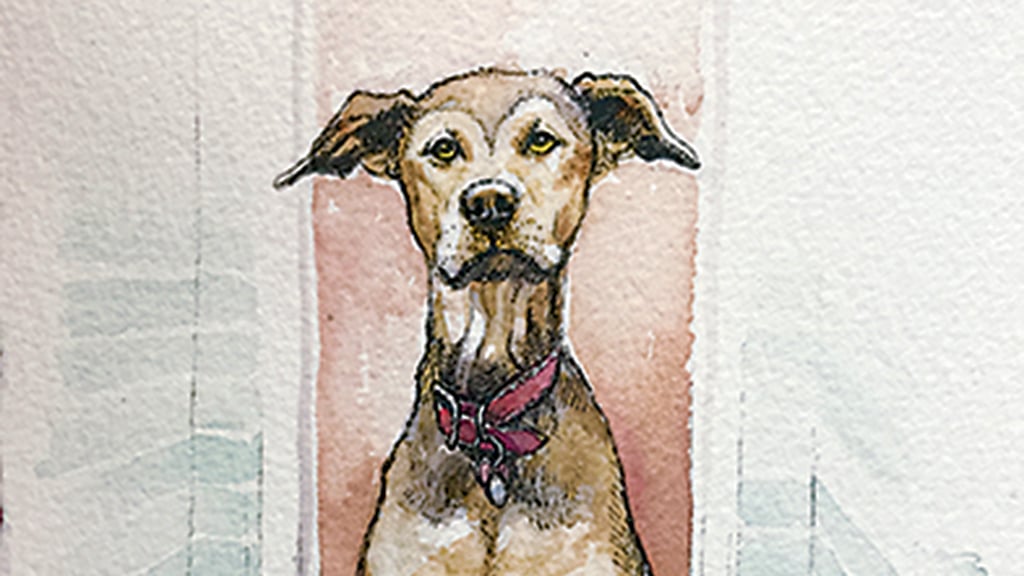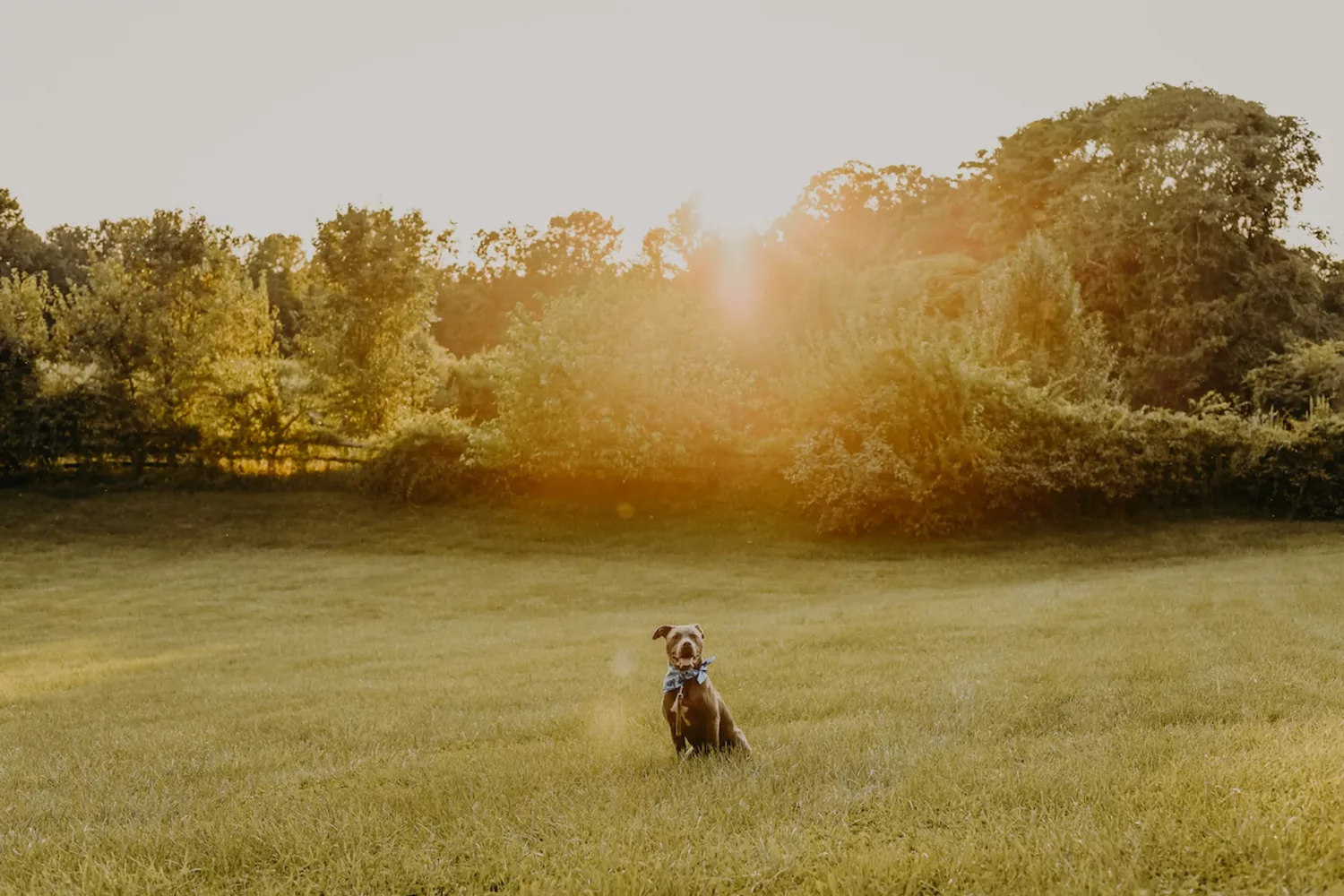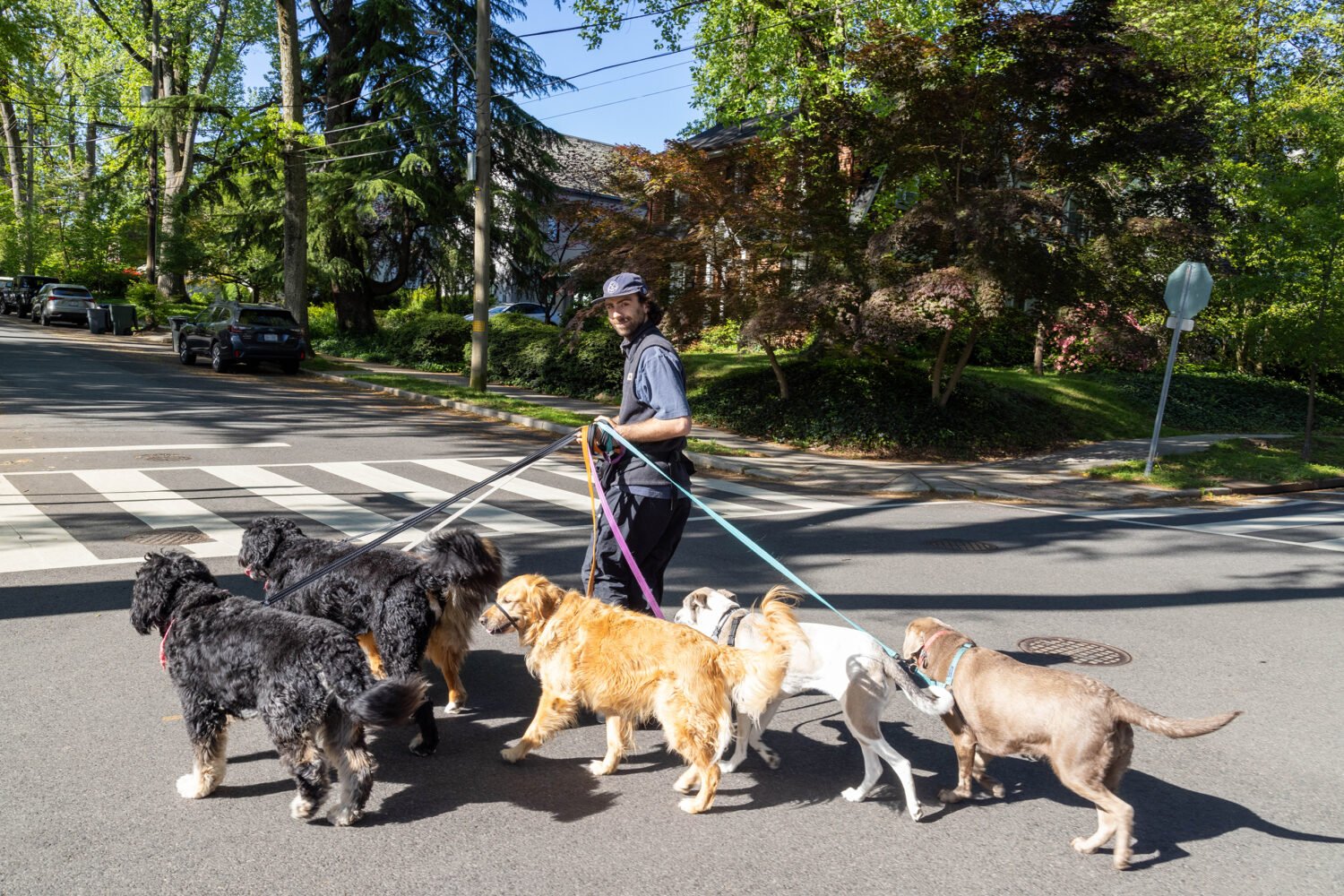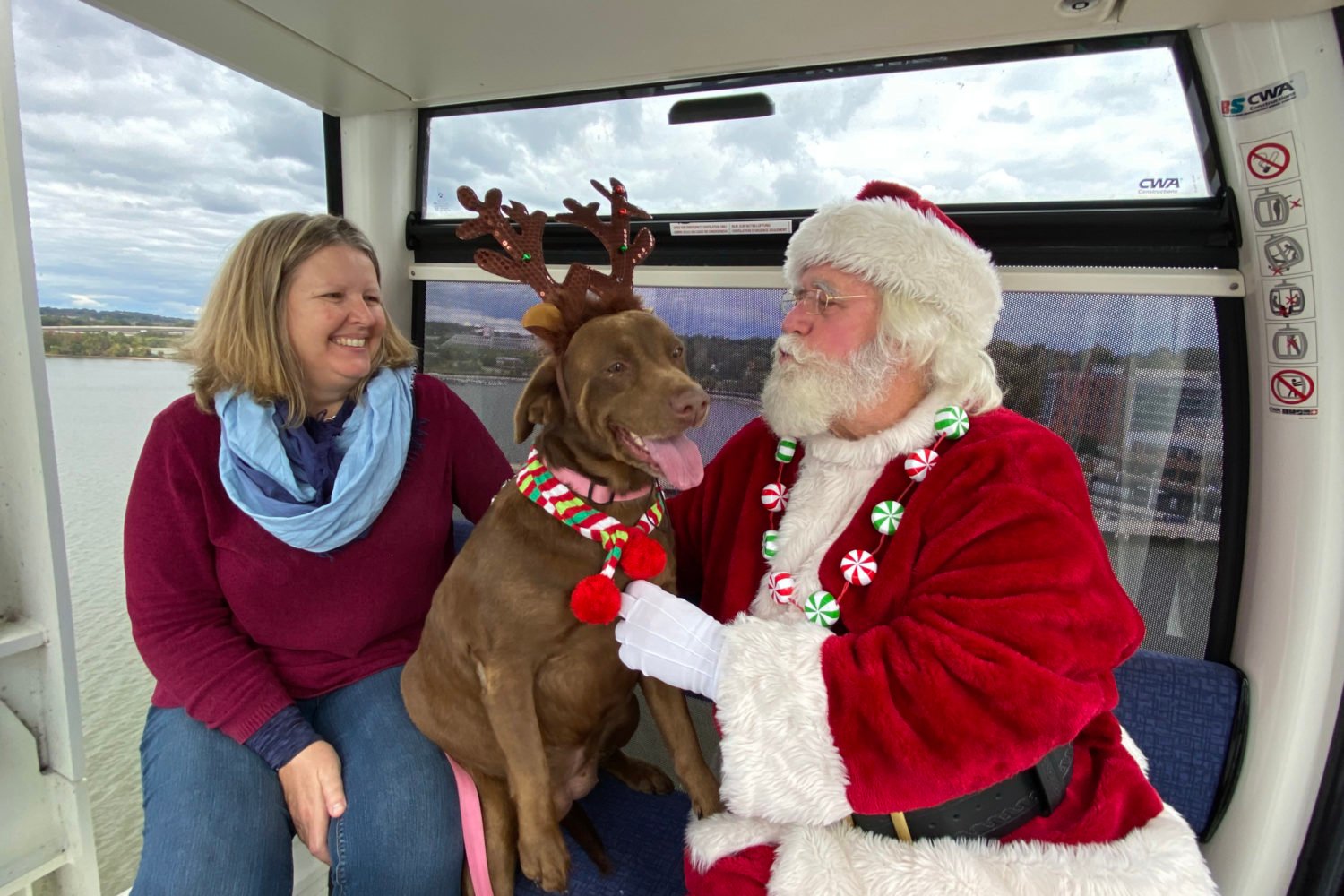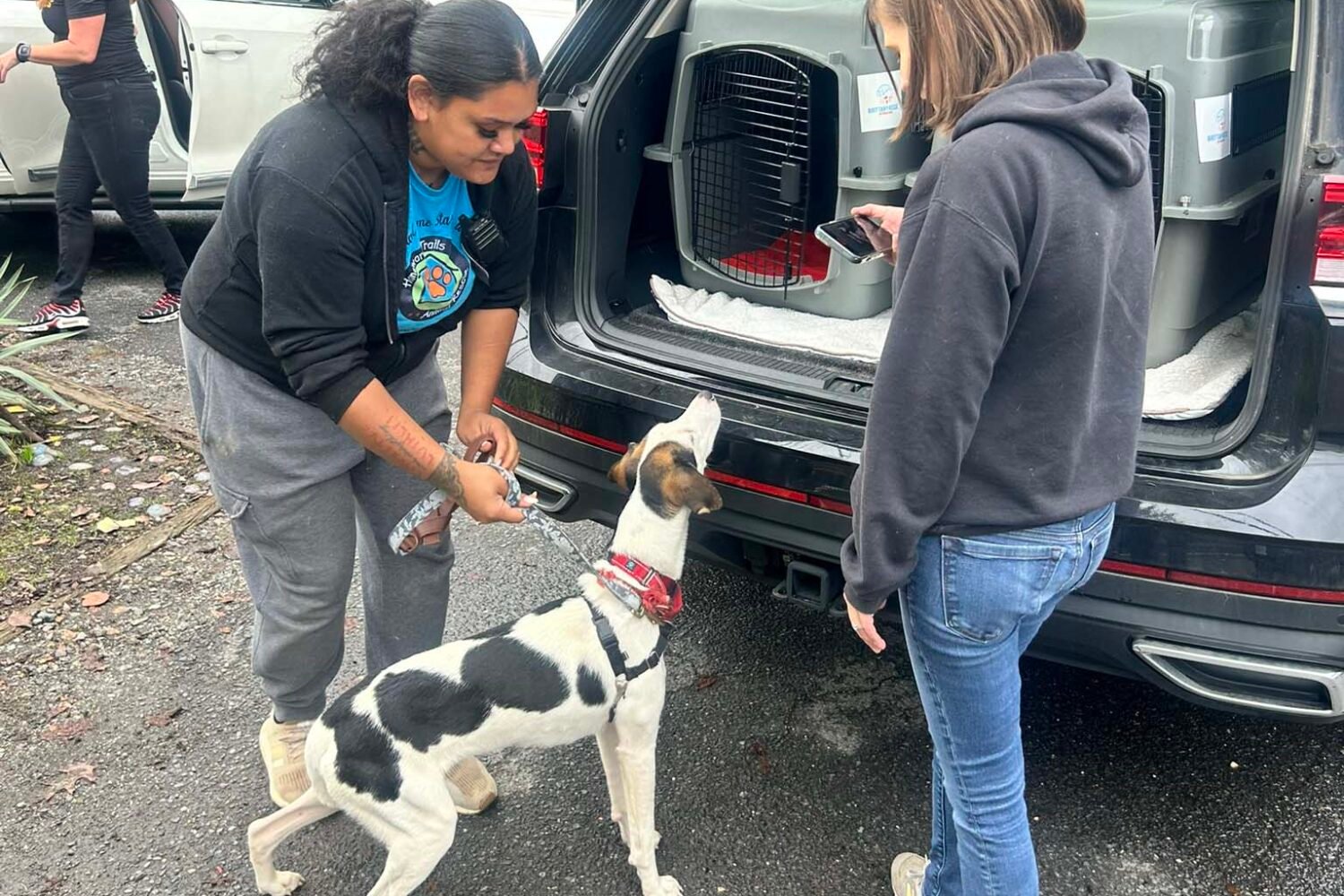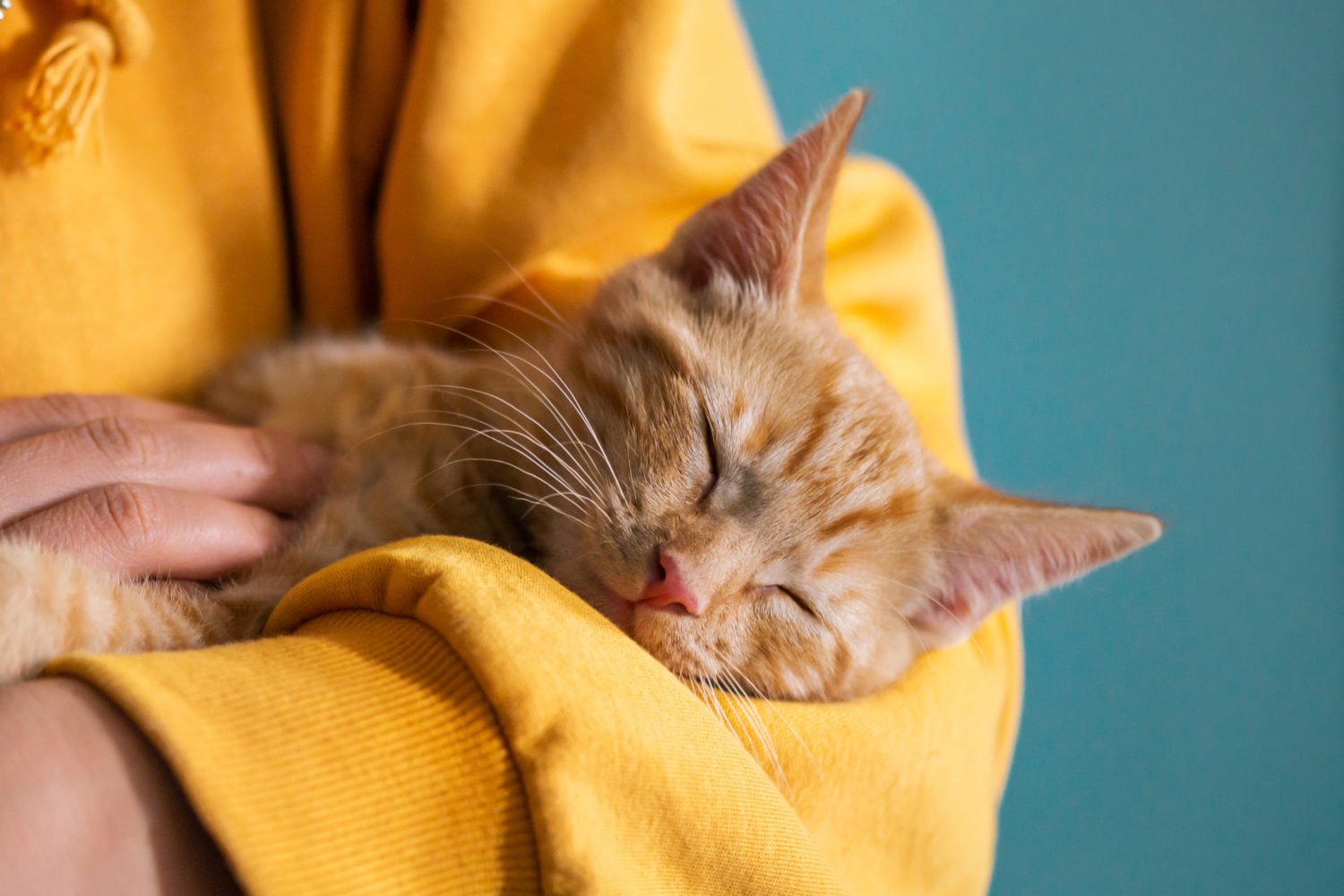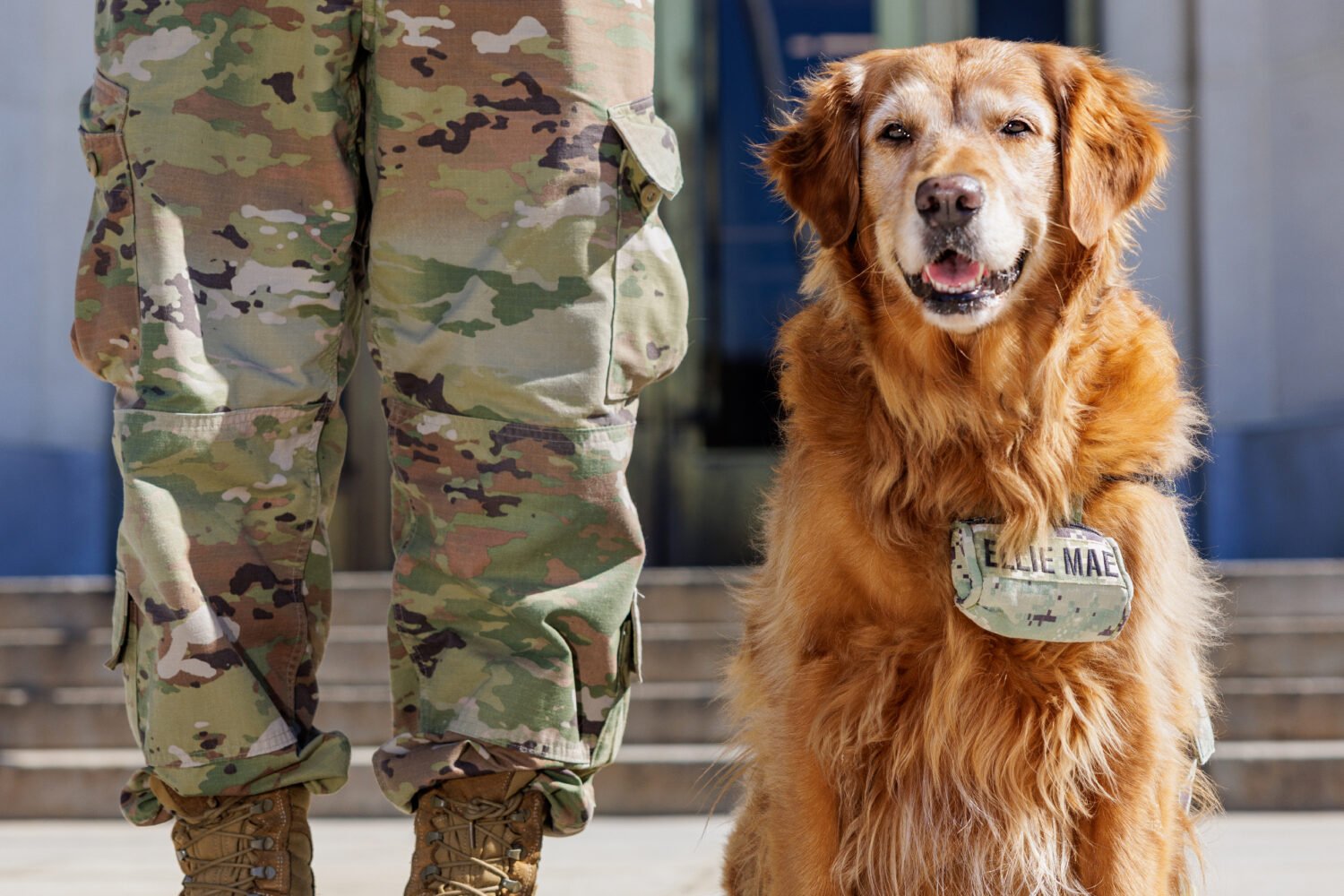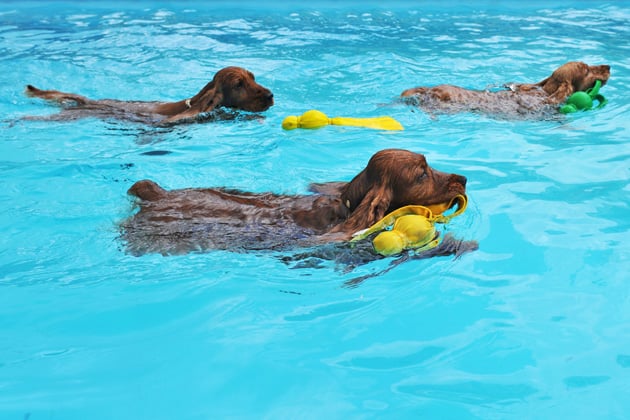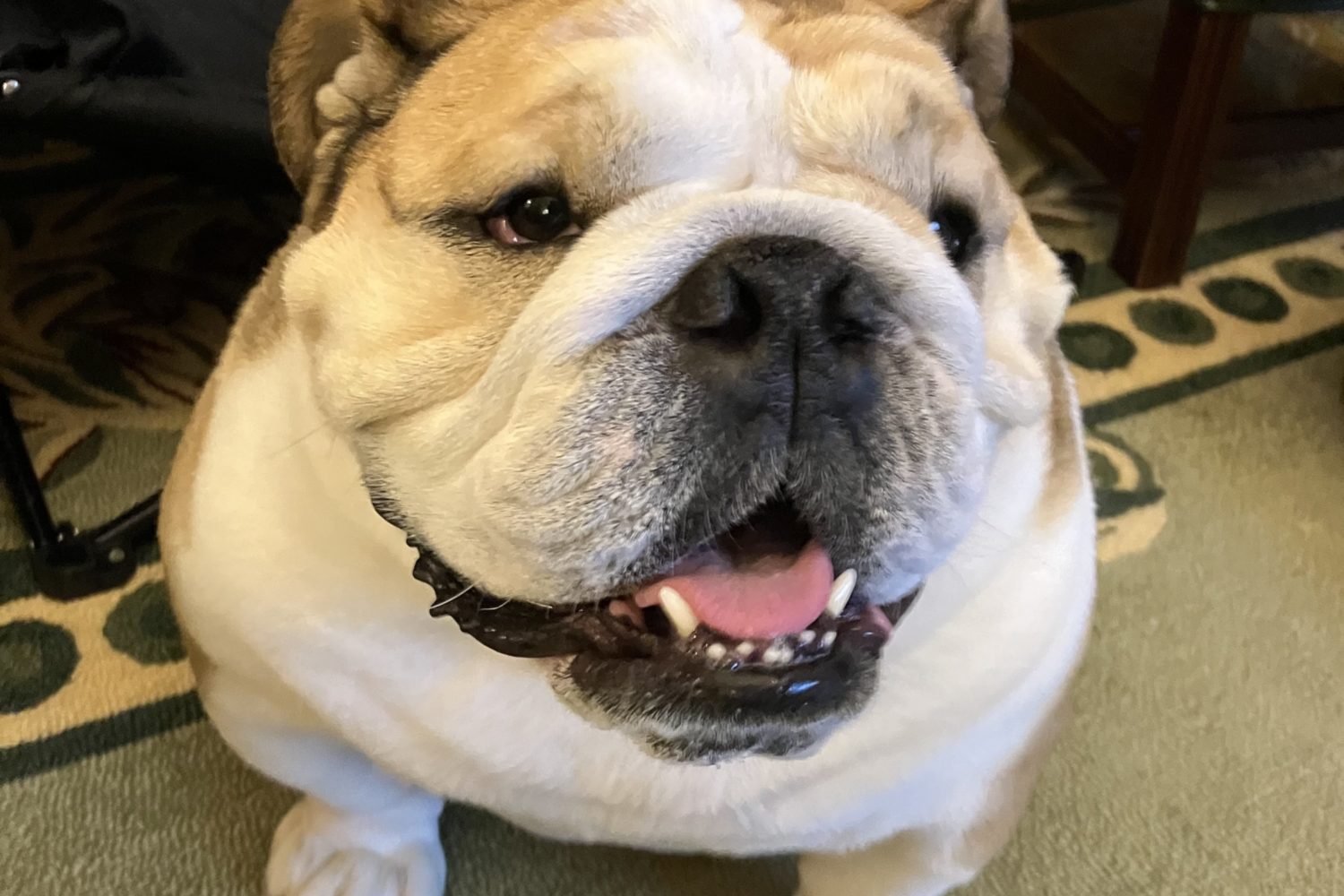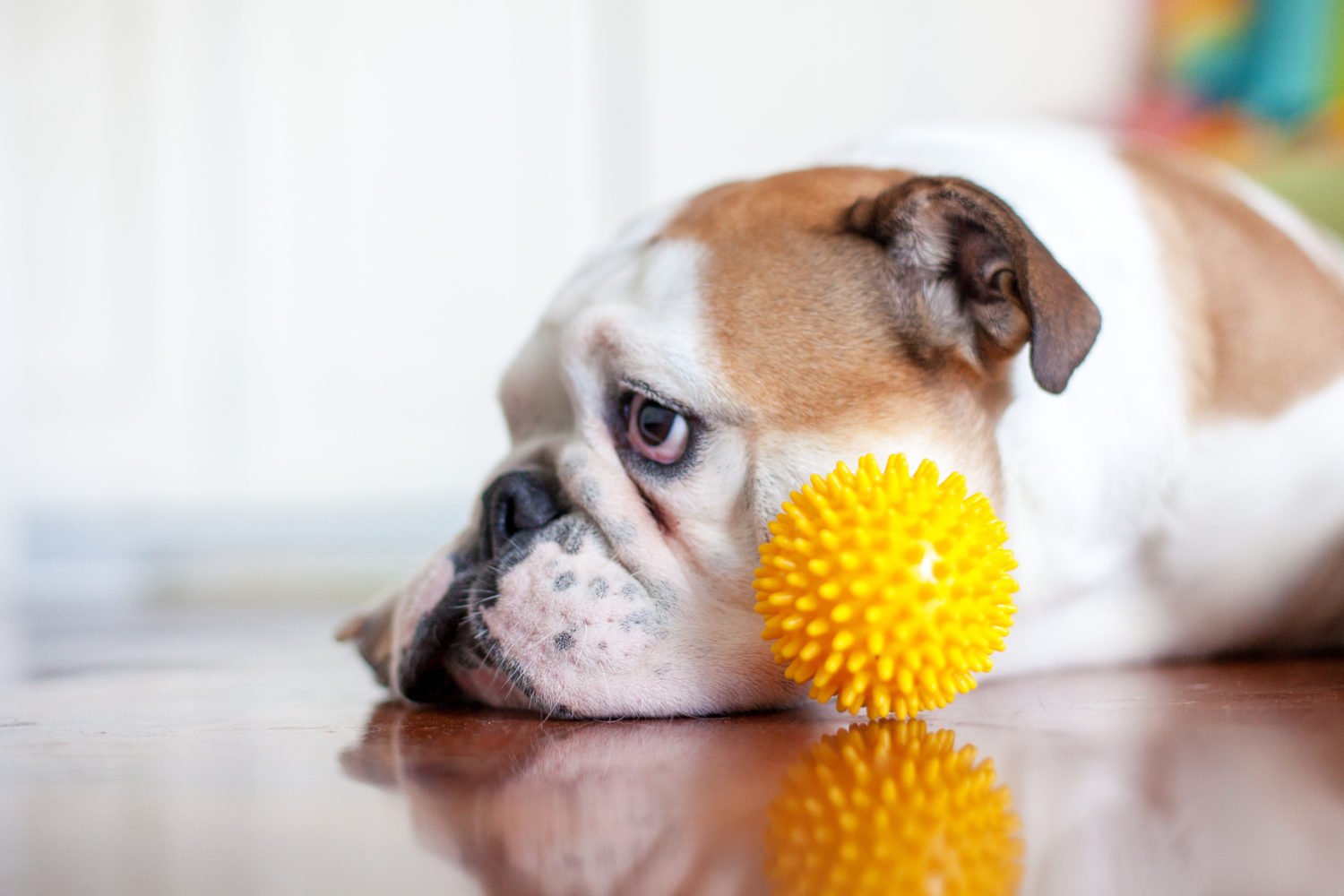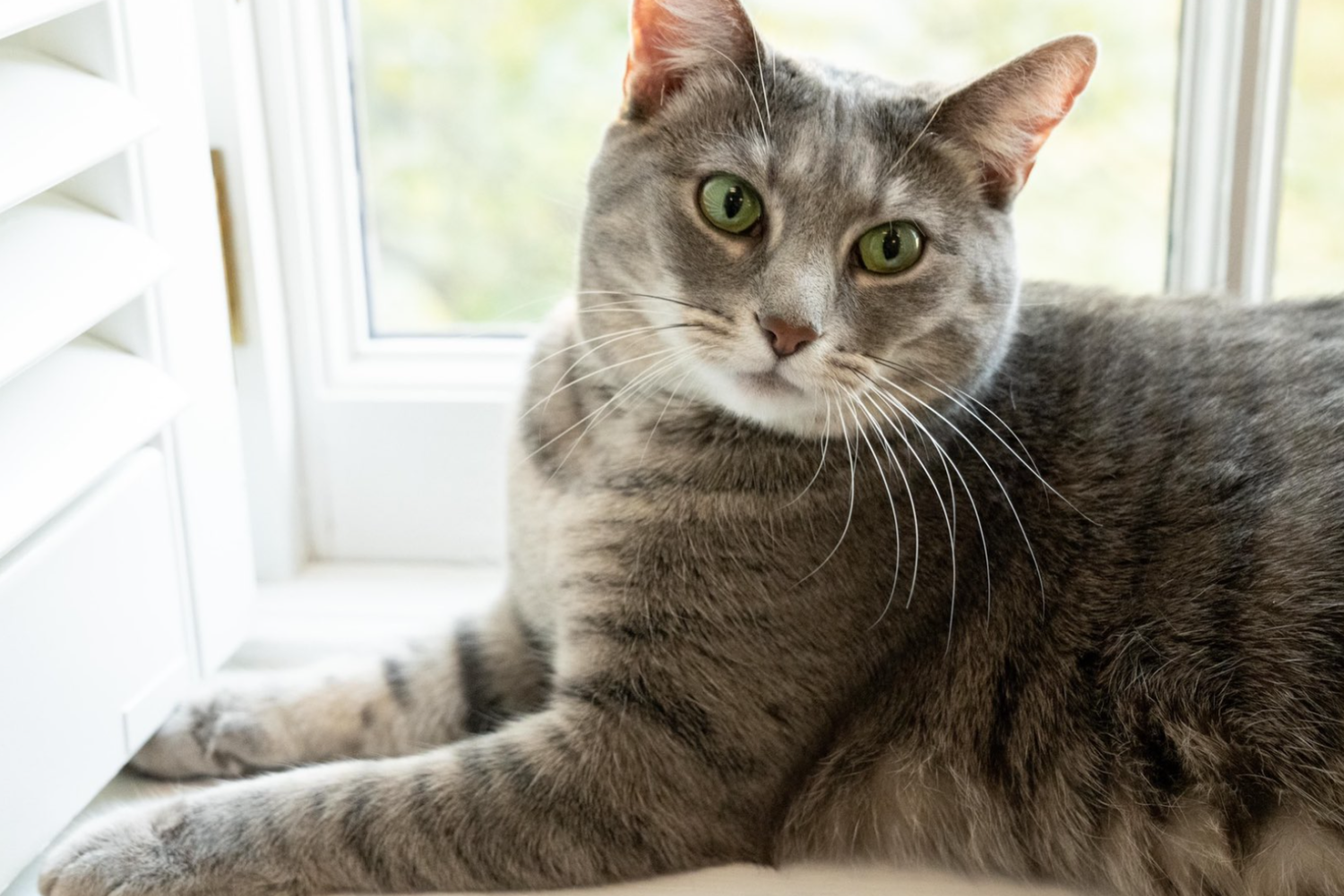On a Monday in early November, a retrofitted school bus pulled into the Animal Welfare League of Arlington, delivering five dogs to their temporary new home. They’d made the journey from hurricane-ravaged Texas after nearly two months in a Houston emergency shelter.
Following one of the worst hurricane seasons ever, the animals left in the storms’ path are still seeking refuge. Hundreds have resettled in Washington. Local rescues are in talks to bring in even more.
In the past decade, emergency response teams have made important strides in tending to animals affected by natural disasters. After Hurricane Katrina left some 250,000 animals abandoned—and endangered or killed people who refused to be separated from their pets—President George W. Bush signed the Pets Evacuation and Transportation Standards (PETS) Act in 2006. The legislation requires that pets and service animals be included in state and local preparedness plans. It has spurred new laws in more than 30 states, addressing issues from making human emergency shelters pet-friendly to establishing mandatory shelter holds to give owners time to reunite with their pets. The shift in mindset not only has improved animals’ survival chances but also has changed the way rescue groups operate.
For instance, there’s now a lot more coordination to make room in animal shelters before disasters. At DC’s Humane Rescue Alliance, more than 100 cats and dogs arrived from shelters in Texas, Mississippi, Puerto Rico, and South Carolina in early September. They were transported to the District to clear space for the thousands of pets sure to come in as cleanup began after Hurricane Harvey and as Florida and other areas braced for Hurricane Irma.
Accommodating displaced animals while providing for local ones can require creativity. To make space for hurricane evacuees in the Humane Rescue Alliance’s two DC shelters, board member Erica May-Scherzer and her husband, Nationals pitcher Max Scherzer, covered all adoption fees in the days leading up to the animals’ arrival.
Even if they haven’t been rescued from a rooftop mid-storm, the experience of living in a crowded emergency shelter followed by a cross-country trip can be extremely stressful for dogs and cats. “We do notice with these guys at the beginning that they’re very worked up,” says the Animal Welfare League of Arlington’s Chelsea Lindsey. “We have to be quieter and gentler so we’re not exacerbating their worked-up feeling.”
Yody Blass, an animal behaviorist in Leesburg, worked with several dogs and cats rescued from Hurricane Katrina. They suffered from severe separation anxiety, adjustment problems, and thunderstorm phobias. Cats, says Blass, can be particularly skittish in these cases. If adopters see new pets refusing food, hiding, or showing aggression, treatment may be necessary.
“They just need to decompress someplace where somebody can be patient and kind and take their time,” says Blass, who recommends using positive reinforcement and special treats to build trust.
In September at Waldorf’s Last Chance Animal Rescue, Mario Garcia and his girlfriend, Teresa Bonilla, adopted a hound mix saved from Hurricane Harvey. Garcia, a consultant in Arlington, says the puppy was exhausted and shy at first but is now settling in nicely. He named him Houston to honor the animal’s previous home and what he’d overcome. “There were articles about how people just tied their dog to a fence or whatever and just left them there,” Garcia says. “Reading all that and watching the news really motivated me to adopt.”
He wasn’t the only one. According to Last Chance executive director Cindy Sharpley, of the nearly 500 animals her group took in after hurricanes Harvey and Irma, only 20 to 30 still await adoption.
Sharpley says that with improved coordination among animal-welfare groups—plus social media—post-disaster rescue has come a long way: “Before Katrina, everybody saw pictures [of abandoned pets] on the news, and now you see pictures on Facebook. It’s so much more personal.”
Freelance writer Gwendolyn Purdom’s dog was rescued after an Oklahoma tornado.
This article appears in the January 2018 issue of Washingtonian.

